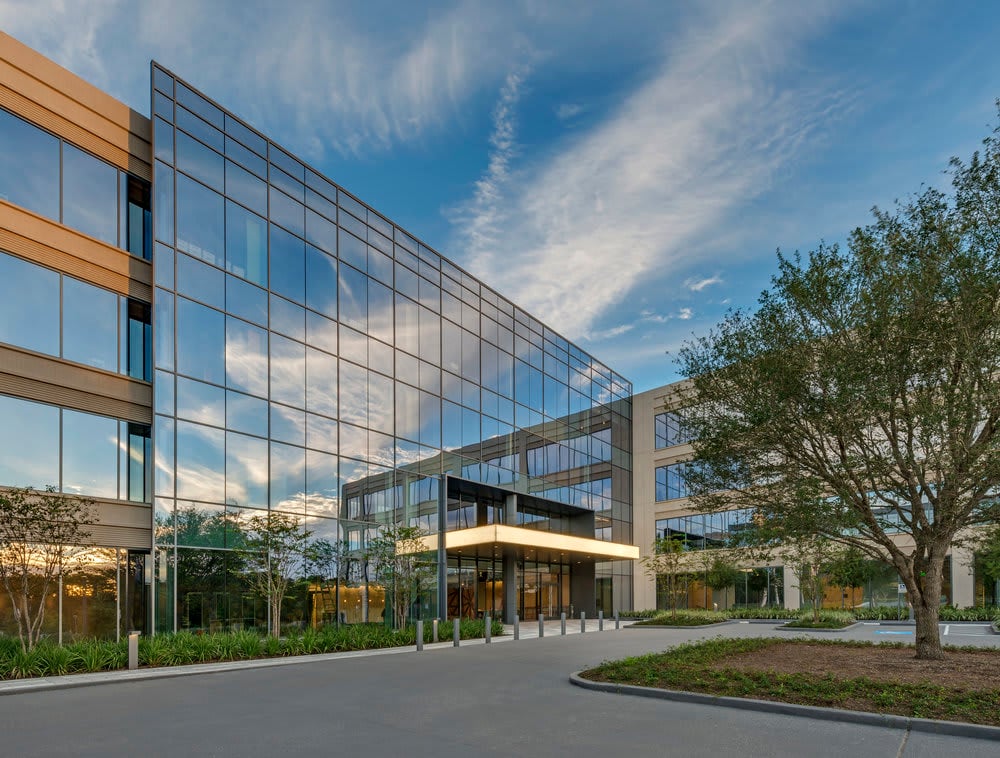EMERGING TRENDS IN REAL ESTATE ® 2020: INVESTORS STILL DRAWN TO REAL ESTATE
Real estate investors face a changing world, with the rising risk of recession in the short term and, over the long term, a slower rate of economic growth in general. Despite anxieties, however, U.S. real estate is still a favored place for investors from all over the world to invest their capital, according to Emerging Trends in Real Estate® 2020, released by ULI and PwC during the Fall Meeting.
Over the next five to ten years, “Long-term economic growth is probably going to be slower—sustainable, but slower,” said Andrew Warren, director of real estate research for PwC and a coauthor of the report. “We look at the potential of 2 percent growth over the foreseeable future—five to 10 years.”
The widely anticipated annual industry forecast cites adaptability to change along with discipline as key factors in the industry’s ability to withstand an economic downturn and the possibility of softer real estate demand in the years ahead.
“The risk of recession is rising—not now, but over the next year. I think it’s up to 50 percent,” said Ken Rosen, chairman of the Berkeley Haas Fisher Center for Real Estate and Urban Economics and chairman of Rosen Consulting Group. “I am most worried about the trade war.”
Despite uncertainty and the changing global economy, real estate investments in the United States continue to draw money from around the world. Investors have few other choices that provide an attractive yield. “Real estate has stable returns . . . and there is less overbuilding,” said Warren. “There are warning signs [in the economy], but that capital is still going to be there and that will smooth the road as we go toward more sustainable growth going forward.”
A possible economic downturn could even encourage some potential buyers. “The biggest assemblage of wealth in real estate has been in the downturns, not in the upturns,” said Mitch Roschelle, partner and business development leader for PwC.
Top markets
This year’s report notes that the top markets for real estate investors include several familiar names. Austin ranked first out of 80 U.S. cities for overall real estate prospects for 2020, followed by Raleigh/Durham, Nashville, Charlotte, and Boston.
“It is heavily weighted to the Southeast,” Roschelle noted.
It was a very close race between these top markets for the attention of the survey respondents. “Every year the spread in those scores is getting tighter and tighter,” said Warren.
The reasons investors are interested in these markets vary widely. “We want people to think of markets not as primary or secondary markets. We found some new groupings instead,” said Roschelle.
“Hipsturbias” grow
The Emerging Trends report also minted a new word to describe a particular kind of real estate market desirable to real estate investors: “hipsturbia.” These suburban markets are creating their own version of the live/work/play environments. “Brooklyn is the prototype,” said Roschelle. Respondents also mentioned Evanston, Illinois, just north of Chicago, and northern New Jersey.
“The people that are thriving in the knowledge economy, they want walkability . . . they want the town square experience,” said Andy Lusk, head of acquisitions for Lionstone Investments.
“It is impossible to live in New York City with three kids,” said Hilary Spann, managing director and head of Americas, real estate investments for CPPIB America. “Close-in suburbs provide an alternative.”




